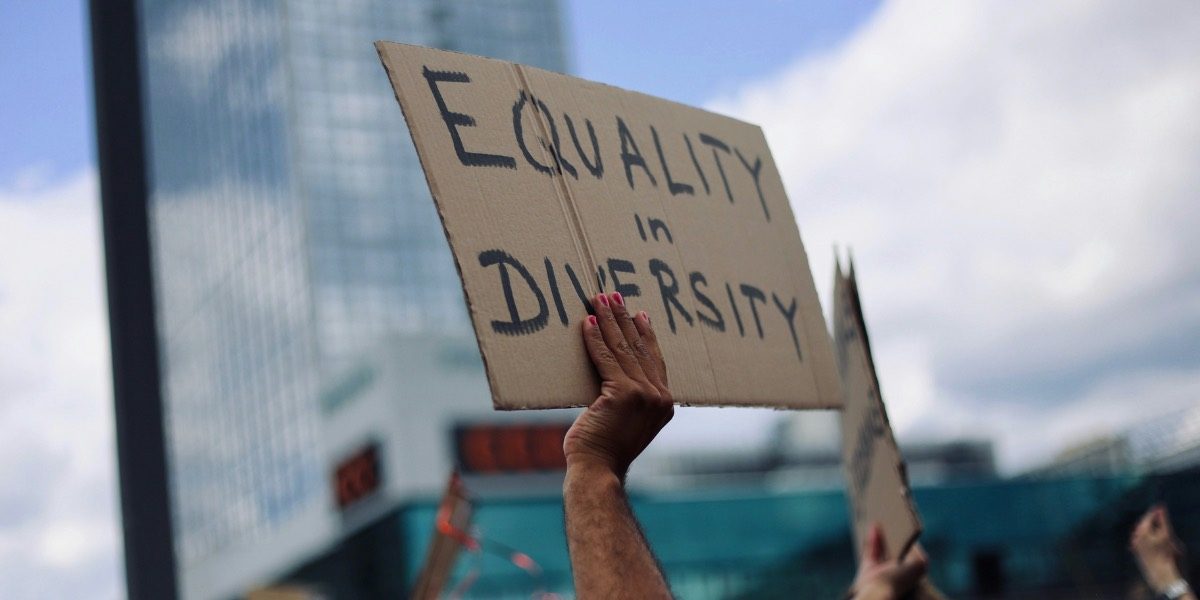Gender wage gaps remain a key issue in the U.S. workforce, where men, on average, continue to earn more than women for similar work. Despite efforts to reduce these disparities through legislation and public advocacy, the gap persists and has significant implications for economic growth. Addressing gender wage gaps could unlock considerable economic potential, enhance productivity, and contribute to a more inclusive society. This article explores the connection between gender wage disparities and their broader effects on economic growth, offering a deeper look at the factors contributing to the gap and its wider economic implications.
Read also: Economic Challenges and Their Impact on Startup Funding and Macroeconomic Effects
Understanding the Gender Wage Gap in the United States
The gender wage gap refers to the difference in median earnings between men and women. It is often expressed as the percentage of women’s earnings compared to men’s earnings in similar roles. The gap varies by industry, geographic region, race, and other factors, but it remains a consistent issue in the U.S. labor market. According to data, women earn approximately 80 cents for every dollar earned by men, a figure that has shown only incremental improvements over recent decades.
Multiple factors contribute to the wage gap, such as occupational segregation, where women are more likely to work in lower-paying fields or roles. Additionally, women often face challenges in advancing to higher-paying positions within their industries due to the so-called “glass ceiling.” The persistent wage gap is also shaped by issues such as unconscious bias, differences in negotiation opportunities, and the way work traditionally performed by women is undervalued.
While education and experience contribute to wage disparities, the gap is often present even after adjusting for these factors, suggesting that additional systemic and social factors play a role in maintaining this inequality.
The Broader Economic Implications of the Gender Wage Gap
The persistence of the gender wage gap has broader economic consequences beyond individual earnings. The U.S. economy could benefit from closing the wage gap, as it would mean a more efficient use of the labor force. When women are paid less than men for similar work, it reduces their economic contribution, limiting overall productivity and economic output.
Economic growth is often driven by consumer spending, and since women make up a large portion of the workforce and the consumer base, the continued wage disparity reduces the purchasing power of a significant segment of the population. With less income, women have fewer resources to invest in goods, services, and savings, which in turn affects economic activity. Increasing women’s wages would likely boost demand across various sectors, further stimulating economic growth.
Furthermore, the wage gap limits opportunities for women to accumulate wealth over their lifetimes. This lack of financial security can have ripple effects, particularly for single mothers and older women who rely on their lifetime earnings for retirement. Women are more likely to experience poverty in their later years, which places an additional burden on social safety nets. Closing the wage gap could reduce long-term financial insecurity for women, helping create a more stable and resilient economy.
The Impact of Gender Wage Gaps on Workforce Productivity
Gender wage disparities also affect workforce productivity. When women are underpaid for their contributions, it can have negative effects on morale and overall job satisfaction. If employees feel that their compensation does not reflect their value or work effort, it can lead to disengagement and lower productivity. A workforce that feels valued and fairly compensated is more likely to be motivated and dedicated, which in turn enhances performance and drives productivity.
Research has suggested that when organizations make efforts to reduce wage disparities, employees—both men and women—tend to be more satisfied with their work. This increased satisfaction can lead to better job performance, lower turnover rates, and greater commitment to organizational goals. In industries where talent and innovation are critical, ensuring that all workers are compensated fairly can also foster greater creativity and collaboration.
Additionally, when the wage gap persists across industries, it discourages women from entering certain fields or pursuing higher-level roles. This results in underrepresentation in high-paying sectors such as technology, finance, and engineering. Reducing the wage gap could encourage more women to pursue careers in these fields, which would enhance overall workforce productivity and innovation.
Gender Wage Gaps and Economic Inequality
The gender wage gap exacerbates broader economic inequality in the U.S. While the gap between men’s and women’s earnings is significant, it is even wider for women of color. Black, Hispanic, and Native American women often experience much larger wage gaps when compared to their white male counterparts, compounding the effects of racial and gender inequality. These disparities contribute to broader societal issues such as wealth inequality, limited social mobility, and economic instability for marginalized groups.
For women of color, the wage gap can make it difficult to achieve upward mobility, especially if they are also impacted by systemic barriers related to race, education, and access to resources. Addressing gender wage disparities is thus crucial for addressing both gender and racial economic inequality. By working to close these gaps, policymakers and organizations can contribute to a more equitable society, where all individuals have the opportunity to participate fully in the economy.
Policy Solutions to Address the Gender Wage Gap
Various policies can help reduce gender wage gaps and, in doing so, enhance economic growth. One approach is the implementation of pay transparency, which has been shown to help organizations identify and address wage disparities. Pay audits, which involve regularly reviewing compensation data to ensure that employees are paid fairly for similar work, can be an effective tool for closing the wage gap.
Another key policy initiative is the promotion of family-friendly workplace policies. Access to paid family leave, affordable childcare, and flexible work arrangements can help women balance work and family responsibilities, enabling them to stay in the workforce and continue advancing in their careers. These policies also support men in caregiving roles, which can help shift the societal expectations around gender roles in the workplace.
Furthermore, policies aimed at improving access to education and mentorship for women, particularly in high-paying fields, could help close the gender wage gap. Encouraging women to pursue careers in science, technology, engineering, and mathematics (STEM), as well as providing the necessary support to thrive in these industries, could help women access better-paying jobs and reduce wage disparities in the long run.
The Potential Benefits of Closing the Gender Wage Gap for Economic Growth
Reducing the gender wage gap could have significant positive effects on U.S. economic growth. The economic benefits of closing this gap are substantial, as women make up nearly half of the workforce and contribute significantly to consumer spending. Increasing women’s earnings would likely boost overall economic activity, drive productivity, and increase overall well-being.
A more equitable workforce would also mean better utilization of human capital. When women are compensated fairly for their work, they are more likely to contribute their skills, ideas, and creativity to the workforce. This could lead to more innovation, greater economic efficiency, and a more competitive global economy.
Addressing the gender wage gap also aligns with broader goals of social equity and fairness. In a society where individuals are paid equitably based on their contributions rather than their gender, there is potential for improved social cohesion, greater opportunities for all, and a more just economy.
Read also: Breaking Barriers: The Journey Towards Gender Equality in Sports
Addressing the Gender Wage Gap for Long-Term Economic Sustainability
The gender wage gap presents an ongoing challenge to U.S. economic growth, as it limits the full potential of the labor force. While the gap has narrowed over time, continued efforts to address gender disparities in pay are essential for achieving long-term economic sustainability and growth. By fostering policies that promote equal pay, improve workplace conditions, and support women’s economic participation, the U.S. can unlock the full potential of its workforce, driving productivity and ensuring a more inclusive economy.
Addressing the gender wage gap not only benefits individual workers but also has broader implications for society as a whole. A more equitable labor market that values all workers equally contributes to a healthier, more stable, and dynamic economy, with benefits for both individuals and communities. As the country continues to strive for equality, narrowing the gender wage gap remains a crucial step toward achieving these goals.








